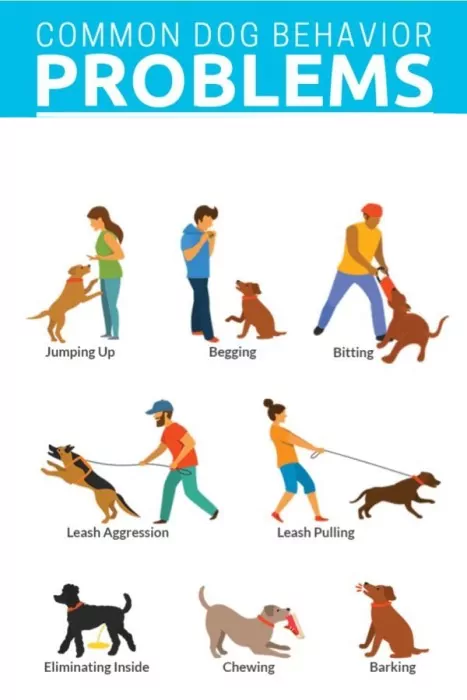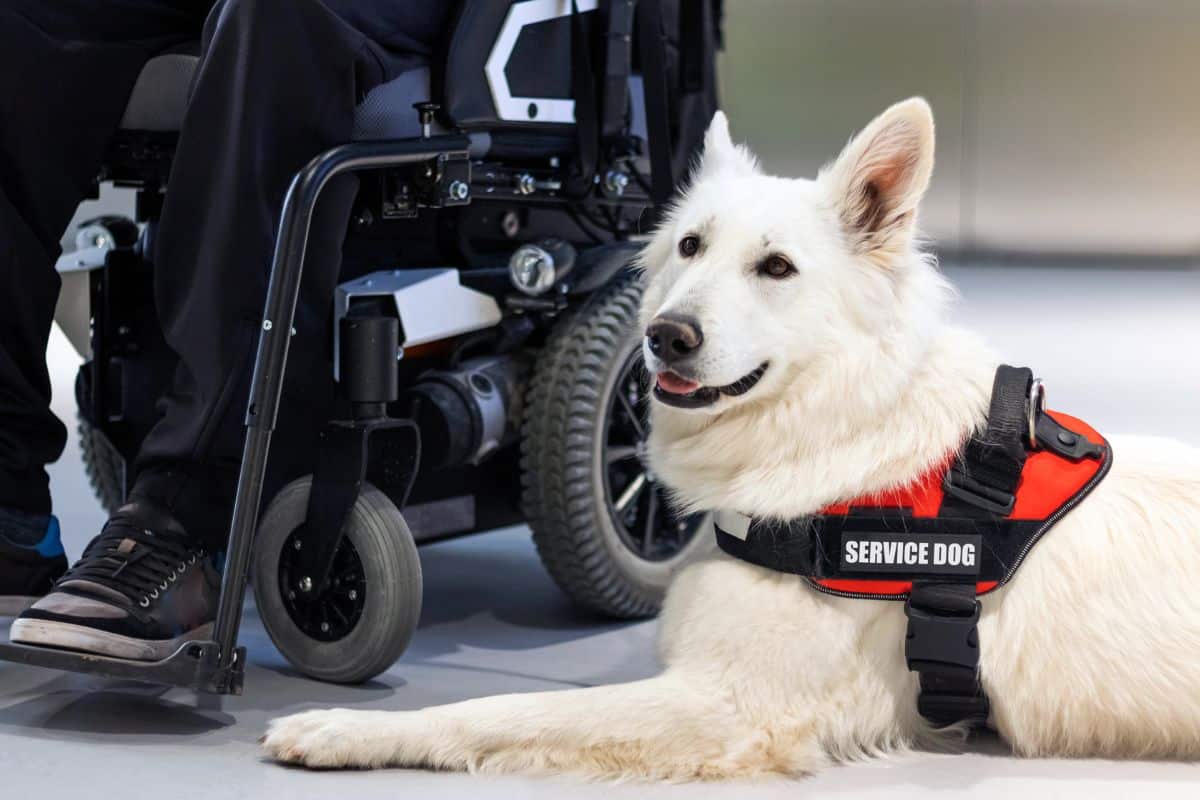Puppy Training That Builds Lifelong Good Habits

The Ultimate Canine Training Guide for Pet Dog Owners
In the realm of pet ownership, comprehending effective dog training approaches is critical for fostering an unified relationship between proprietor and animal. "The Ultimate Canine Training Guide for Pet Owners" supplies an organized framework that highlights important strategies, from standard commands to advanced abilities, all grounded in positive support. By checking out the subtleties of canine actions and the production of a supportive training environment, this guide acts as a critical resource. The complexities of pet dog training expand beyond simple commands; the genuine obstacle exists in cultivating a long-term bond that enhances communication and count on between you and your pet dog.
Recognizing Canine Behavior
Recognizing dog behavior is important for reliable training and fostering a favorable partnership in between pet dogs and their owners. A pet dog's habits is influenced by numerous aspects, consisting of genetics, socializing, and ecological stimulations. Acknowledging these influences can assist proprietors translate their family pet's actions and reactions extra accurately.
Pet dogs interact mainly with body movement, articulations, and faces. For example, a wagging tail may indicate excitement or joy, while a lowered body pose can indicate fear or entry. Puppy Training. Understanding these signals makes it possible for owners to react appropriately, promoting count on and reducing stress and anxiety in their family pets
In addition, pet dogs are creatures of habit and grow on regular. Consistency in everyday tasks, such as feeding times, walks, and play sessions, adds to a dog's sense of security. It is also essential to be mindful of stress factors that might provoke unfavorable actions, such as loud sounds, strange settings, or absence of socializing.
Important Training Techniques
Efficient pet dog training methods are essential for shaping desired habits and improving the bond between pets and their proprietors. Utilizing a mix of methods can result in effective outcomes in numerous training circumstances. Favorable support is among one of the most reliable methods, where fulfilling preferable behaviors urges dogs to repeat those actions. This can be attained through treats, praise, or playtime, cultivating an encouraging environment.
Uniformity is another important aspect of efficient training. Establishing clear rules and expectations assists canines recognize what is called for of them. Making use of the same commands, motions, and benefits for particular behaviors guarantees that canines can make the connection in between their activities and the actions they obtain.
Timing is vital in training too; incentives should be given promptly after the preferred behavior to enhance the link. Furthermore, persistence is indispensable. Canines discover at their own pace, and hurrying the procedure can result in confusion and frustration.
Including short, engaging training sessions can maintain a pet's passion while promoting effective learning. By executing these important techniques, animal proprietors can produce a structured and positive training experience that ultimately strengthens the relationship with their canine friends.
Basic Commands Every Canine Need To Know
A trained dog is a happiness to have, and understanding basic commands is fundamental to attaining this goal (Board and Train). Establishing an interaction structure with your canine enhances the bond in between you and makes sure safety in various scenarios. The following basic commands are essential for each dog proprietor
The initial command is "Sit," which shows your pet dog to take a seated position and can be utilized to manage enjoyment or anxiety. "Keep" assists your pet dog stay in one spot till offered further instruction, promoting discipline. "Come" is important for recall, ensuring your pet go back to you when called, which is important for security.
" Down" urges your pet to rest, making it a reliable command for resolving them in different atmospheres. In addition, "Leave it" educates your pet to neglect disturbances or possibly hazardous things, advertising safety throughout strolls. "Heel" urges your pet to walk carefully next to you, avoiding erratic actions throughout trips.

Advanced Tricks and Skills
Structure on the foundation developed by basic commands, advanced abilities and techniques use a chance for pets and their proprietors to deepen their bond while boosting the dog's physical and psychological dexterity. These skills not just test the pet dog's cognitive abilities but also provide revitalizing activities that can avoid check boredom and associated behavioral problems.
Advanced methods can consist of a range of tasks, such as teaching your canine to roll over, play dead, or also carry out complex sequences like weaving through your legs. These techniques need persistence and consistency, as they typically entail multiple actions. Damaging down each technique right into manageable parts enables for much easier discovering and reinforces the dog's self-confidence.
In enhancement to tricks, progressed skills can include dexterity training, where dogs browse challenge training courses that enhance their sychronisation and rate. This kind of training is especially beneficial for high-energy breeds that thrive on physical activity.
To successfully educate innovative techniques and abilities, use positive support methods, making sure that each session remains delightful for both the owner and the pet. With commitment and technique, owners will witness remarkable changes in their dogs, showcasing their knowledge and readiness to discover.
Building a Favorable Training Environment
Developing a positive training atmosphere is necessary for cultivating a enjoyable and effective discovering experience for these details both canines and their owners. A supportive environment urges pet dogs to engage and take part actively, resulting in much more efficient training sessions. Begin by choosing a peaceful, distraction-free room where your canine can focus only on the job at hand. This permits and minimizes disruptions for better focus.
Award your canine with deals with, appreciation, or play whenever they effectively comply with a command. Be client and consistent; dogs prosper on regular and clear assumptions.
Furthermore, it is important to continue to be calm and composed during training. Your disposition can considerably impact your pet's actions. Take a break to avoid adverse organizations with training if frustrations emerge. Lastly, Home Page ensure that sessions are kept short and pleasurable. This assists receive your pet dog's passion and interest, making finding out a fun experience. By developing a favorable training environment, you set the stage for successful end results and strengthen the relationship with your canine buddy.

Final Thought
In summary, efficient dog training demands a detailed understanding of canine habits, the application of essential training methods, and the facility of a positive environment. Proficiency of standard commands lays the structure for advanced abilities and tricks, inevitably promoting a strong bond between the pet dog and proprietor. By prioritizing positive support and uniformity, animal owners can grow mannerly companions, enhancing both the pet's psychological and physical capacities while promoting an unified connection within the household.
In the realm of pet ownership, recognizing efficient dog training methods is critical for promoting a harmonious partnership in between proprietor and pet dog. The intricacies of dog training prolong past simple commands; the real obstacle lies in growing an enduring bond that improves communication and count on between you and your pet dog.
Understanding pet habits is important for efficient training and promoting a favorable relationship between canines and their proprietors.Effective pet dog training techniques are vital for shaping wanted habits and boosting the bond between pets and their proprietors.In recap, efficient dog training demands an extensive understanding of canine behavior, the implementation of important training strategies, and the facility of a positive setting.